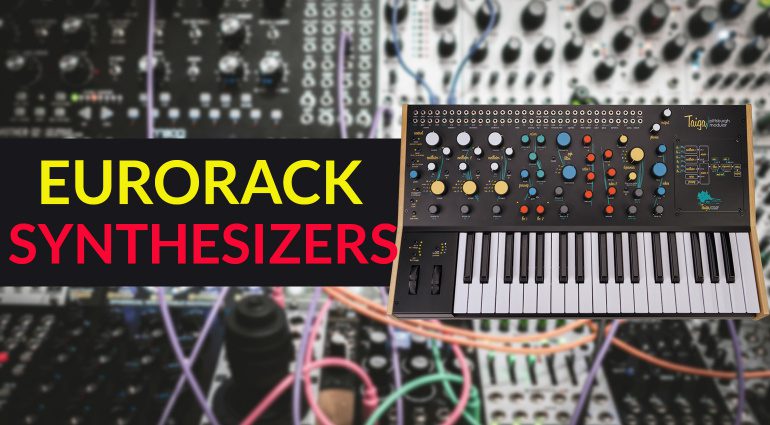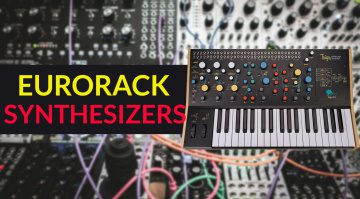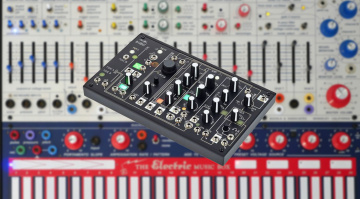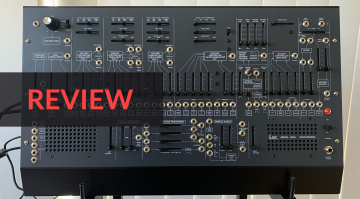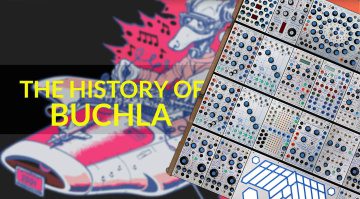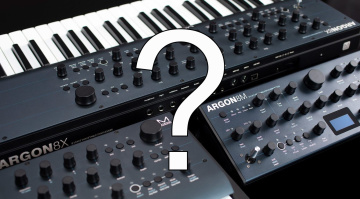Eurorack Synthesizers: How modular has changed synths
The experimental spirit of modular synthesis in synthesizers.
You don’t have to splash out for Eurorack to get some of its benefits. Here are some of the ways that modular has changed traditional synths for the better. Plus recommendations for Eurorack synthesizers to try yourself.
Eurorack Synthesizers
Have you fallen head-first into the Eurorack lifestyle? No, me neither. I have a few modules here and there but I have yet to take the plunge. Expense is the big barrier for me, honestly, but I’m also just so enamoured with traditional synthesizers. If only there was a way to combine the familiarity of a more traditional, normalled synth with the freaky benefits of Eurorack.
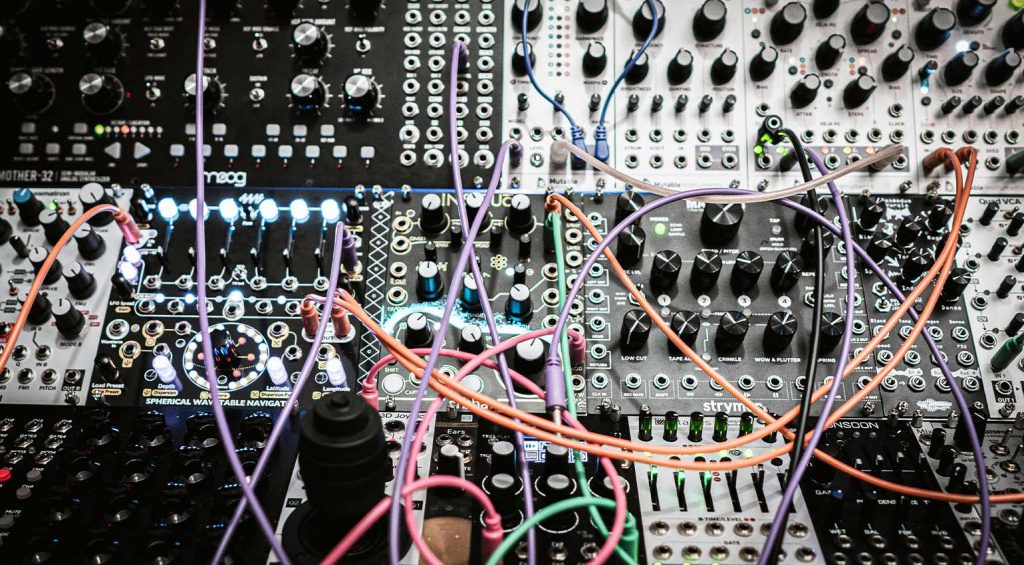
Well, increasingly, there is. Thanks to the rise in popularity of Eurorack, we’ve seen previously niche modular-only features find their way into mass-market synths. If you’ve been wanting to get some of that Eurorack power without the rabbit-hole-like commitment, read on.
An Extremely Brief History of Modular
Originally, synthesizers were not normal. Or rather, they were not normalled. Set signal paths came later. The first synths were comprised of banks of individual components that you patched together. This gave users unprecedented control over sound-shaping and was a boon for sound designers. Gigging musicians, not so much. They wanted things that were easy to play and so modular remained incredibly niche.
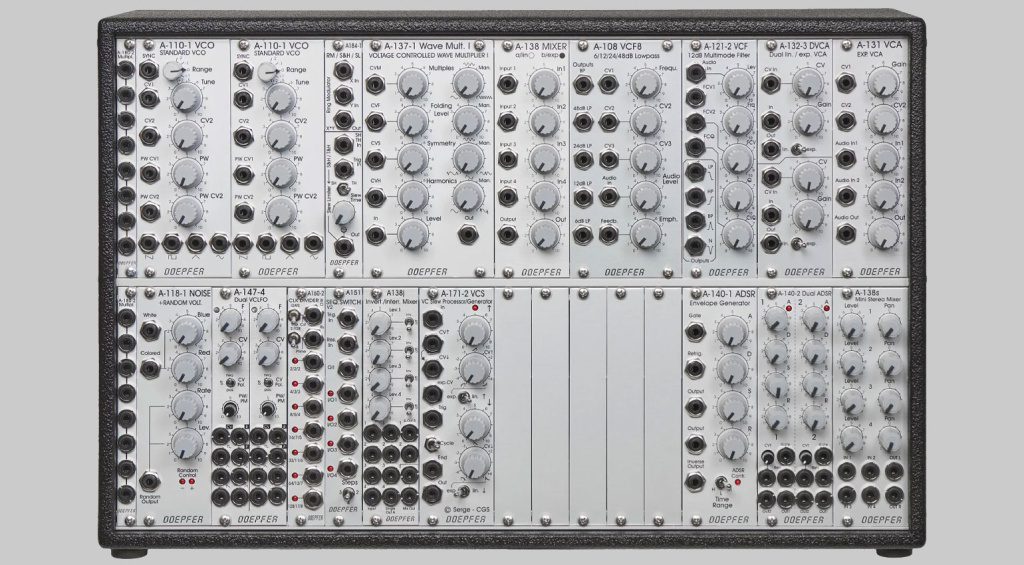
Fast forward to the 1990s. German engineer Dieter Doepfer developed the Eurorack format, a smaller size than the original modulars from Moog, Buchla and Roland. Other manufacturers soon jumped on board, making their own modules in the Eurorack size. Now it’s become an industry unto itself, with ever more exciting and unusual modules being released.
Eurorack Synthesizers: Semi-Modular Power
One way to dip your toes into the world of modular without having to get completely wet is with semi-modular synthesizers. Combining the best of both traditional and modular worlds, they give you a pre-normalled synthesizer. You can then access more synthesis possibilities with patching.
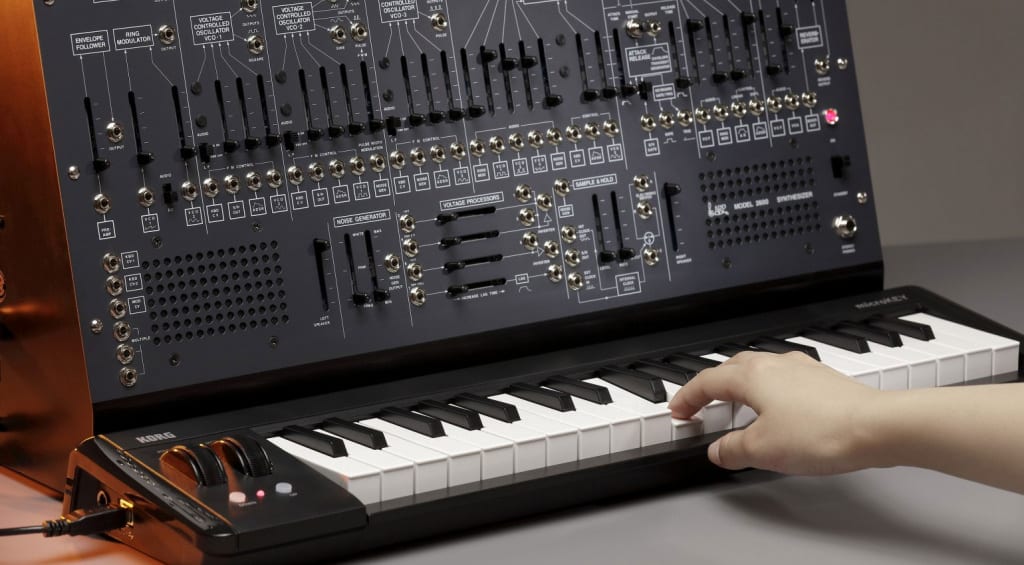
The ARP 2600 was the first semi-modular synth. Korg’s slightly miniaturized 2600 M remake lets modern synthesists have the same kind of fun as their 1970s forebears. Highly capable with three oscillators, a filter (two different iterations), two envelopes plus ring modulator and sample & hold, there’s plenty of fun to be had. Behringer’s 2600 recreation offers similar functionality for a lower price.
Other semi-modular instruments worth checking out are Moog’s Mother-32 and Korg’s MS-20 Mini. They both feature functionality that can only be accessed via patching. There’s also the Behringer Neutron, an original analogue monosynth in Eurorack format.

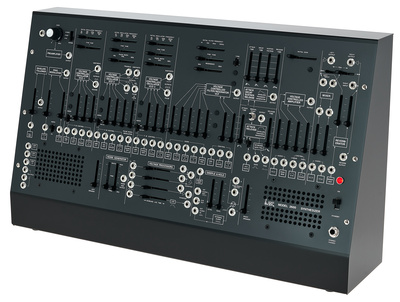

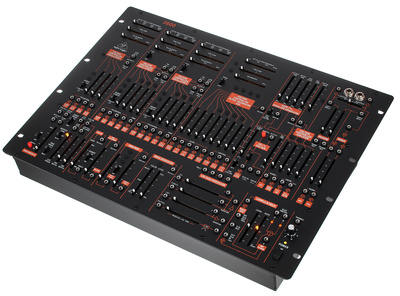

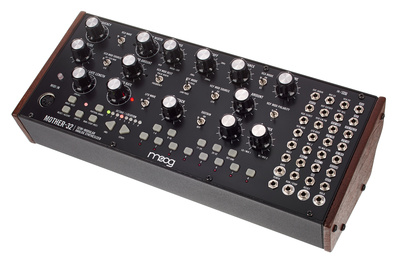

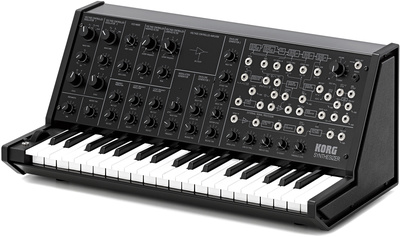

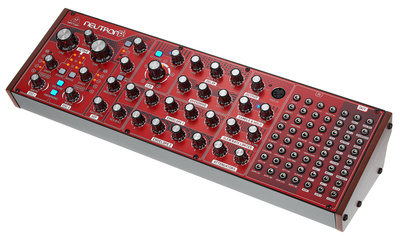
Eurorack Synthesizers: Experimental Oscillators
A big part of the appeal of Eurorack is how experimental it can feel. This is down to the way that you patch it, of course, but also in the modules themselves. Any and all forms of synthesis, from analogue to digital, traditional to esoteric, are grist for the modular mill.
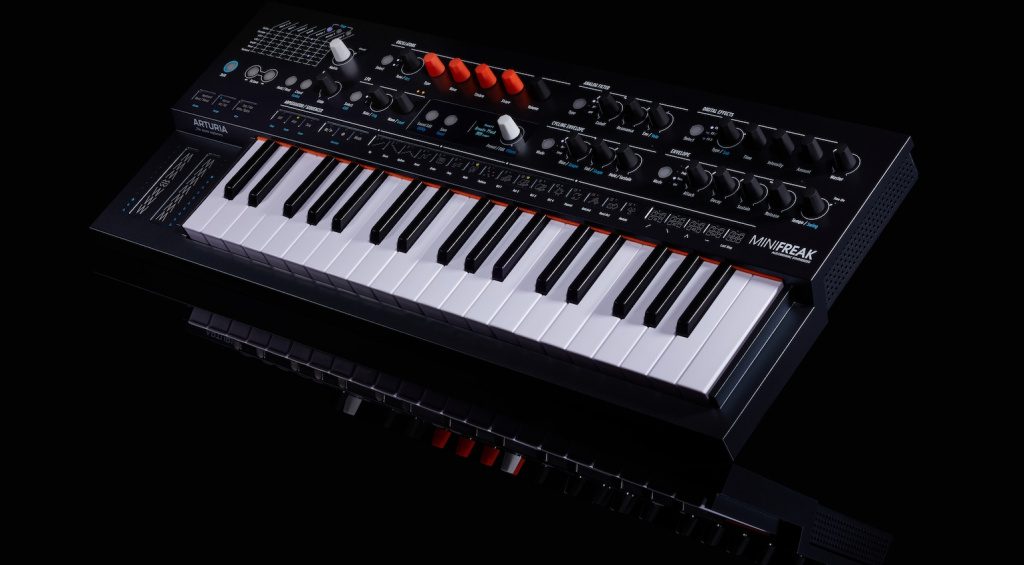
One way to experience this for yourself is with an Arturia MiniFreak or MicroFreak. Packed with a variety of digital oscillator types, from the common (virtual analogue) to the obscure (Karplus-Strong synthesis), it’s like having a selection of Eurorack oscillator modules inside a synth with keys. They even feature oscillator engines from Eurorack companies Mutable Instruments and Noise Engineering. (Also, that MicroFreak touch-capacitive keybed is very Buchla.)

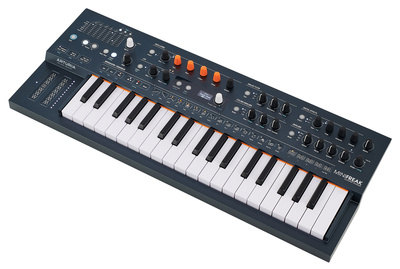

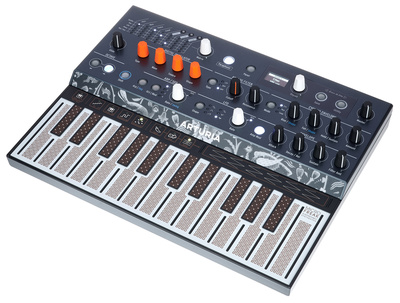
Eurorack Synthesizers: Wavefolding
Although both Bob Moog and Don Buchla first developed modular synthesizers at around the same time, it was Moog’s ideas that informed the way that traditional synthesizers were made. However, thanks to Eurorack manufacturers’ ongoing love of all things Buchla and West Coast, we’re starting to see some of Don’s developments appearing in East Coast-style instruments too.
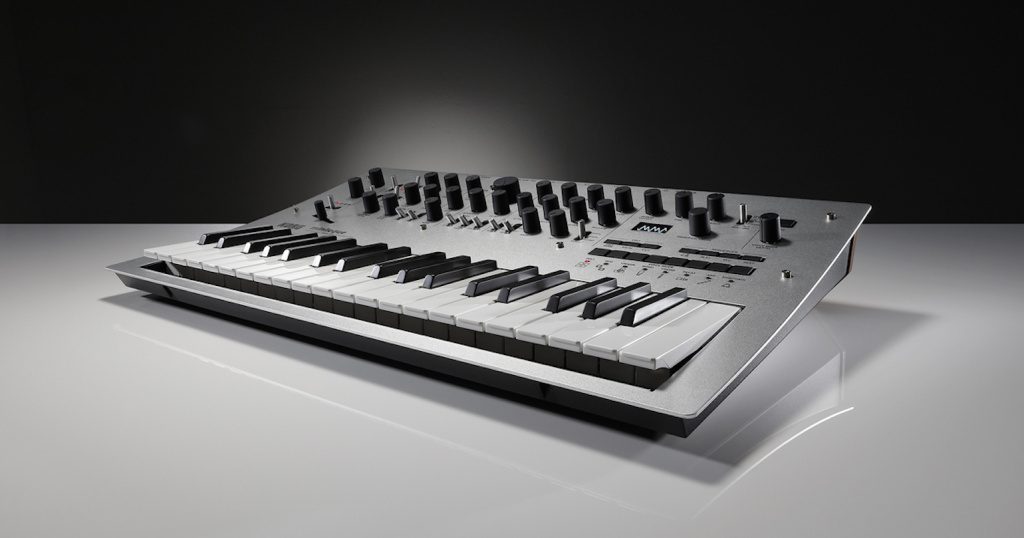
One of them is wavefolding. A kind of distortion, wavefolding adds additional harmonics to a signal, usually an oscillator. Korg’s Minilogue has it under the name waveshaping. It also shows up in the Arturia Brute series like the MiniBrute 2 and PolyBrute as the Metalizer. Wavefolding is a great way to add grit and filth to a patch – and with the Brutes, even to external sounds.

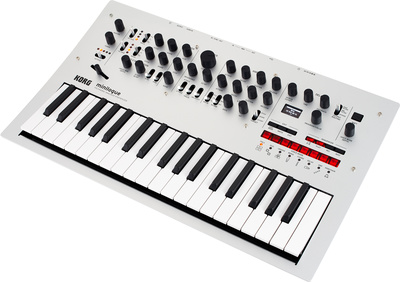

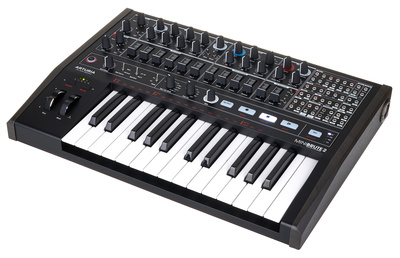

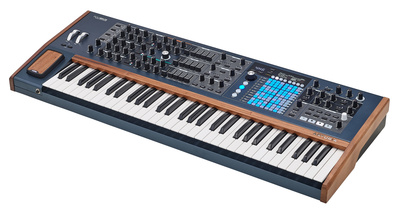
Eurorack Synthesizers: Low Pass Gates
Another of Don’s unique ideas was the low pass gate. A combination of filter and envelope, it used photo-resistant vactrols to achieve an acoustic-like response. Eurorack engineers modified Don’s low pass gate designs have been modified by Eurorack engineers over time, with many not using vactrols at all anymore.
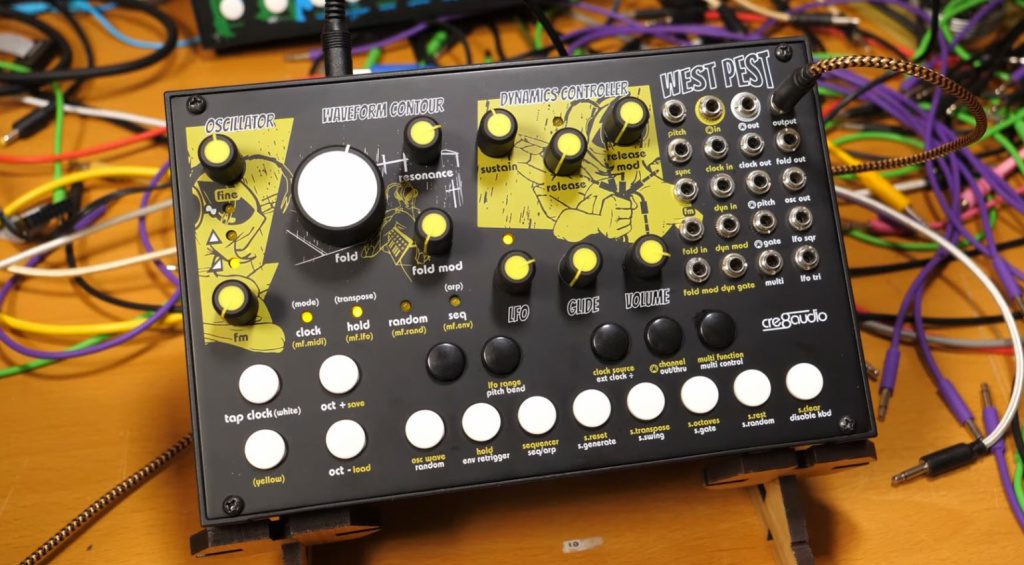
Make Noise’s 0-Coast combines elements of East Coast and West Coast synthesis into a single tabletop synthesizer. It features a modified, non-vactrol low pass gate. The West Pest from Cre8audio is another tabletop synth with Buchla-style parameters. It includes a wavefolder and modern low pass gate, here called a Dynamics Controller (designed by Pittsburgh Modular). Finally, for something on the digital side, ASM’s Hydrasynth features a low pass gate filter model.

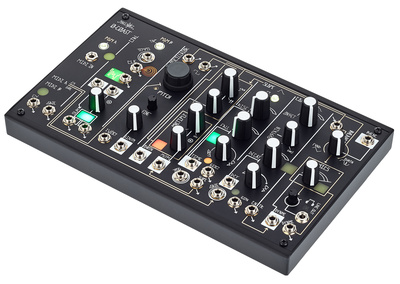

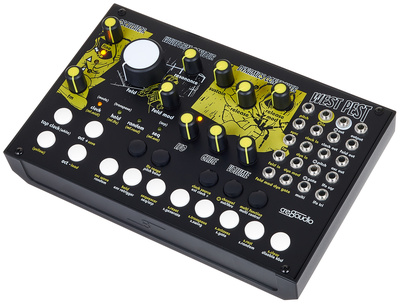

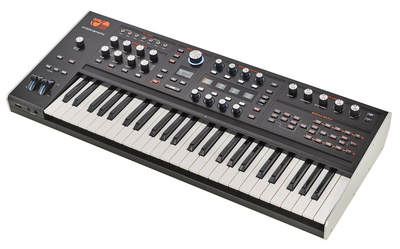
Eurorack Synthesizers: The All-In-One
When planning this story, I swear that I wasn’t thinking about the Pittsburgh Modular Taiga Keyboard. Yet it’s pretty much the perfect instrument to close out this story. It’s the embodiment of all that I’ve been talking about here. The recently announced instrument takes the best of Eurorack and puts it into a Minimoog-like package. Semi-modular patchpoints, wavefolder, that neat low pass gate-like Dynamics Controller and even a powered Eurorack modular expansion bay to slot in your own effects or modulation units.
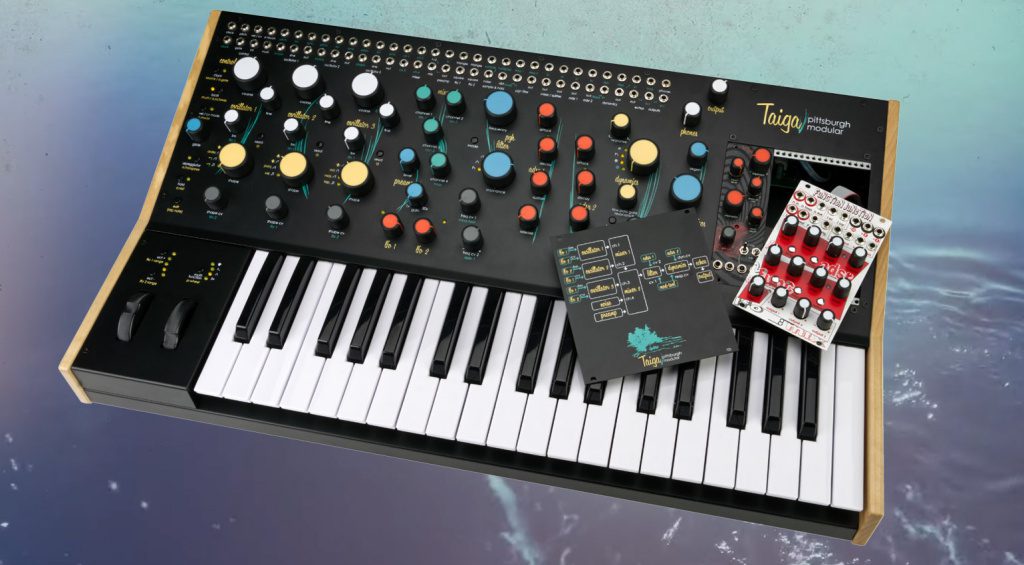
If you want the sound but don’t need the keys (or Eurorack expansion bay) the original Taiga is still the bee’s knees. I’d actually love one myself. There’s no way I’ll ever be able to afford a Buchla Music Easel, historically the closest thing to a West Coast Minimoog.

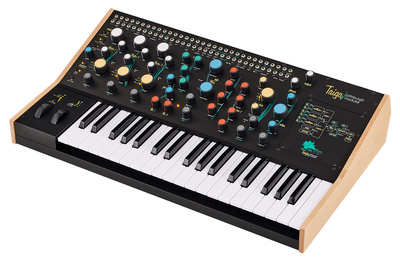

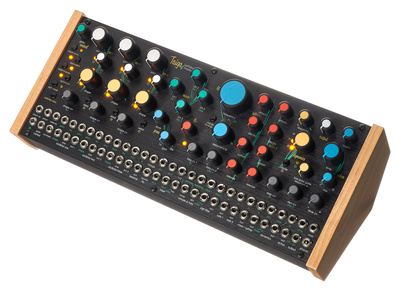
For someone poor like me who loves synthesis, particularly analogue synthesis, a Eurorack-influenced traditional synth is the perfect compromise. How about you? Have you made the jump to Eurorack?
More Information
- All about Eurorack and modular
- All about synthesizers
 4,3 / 5,0 |
4,3 / 5,0 | 